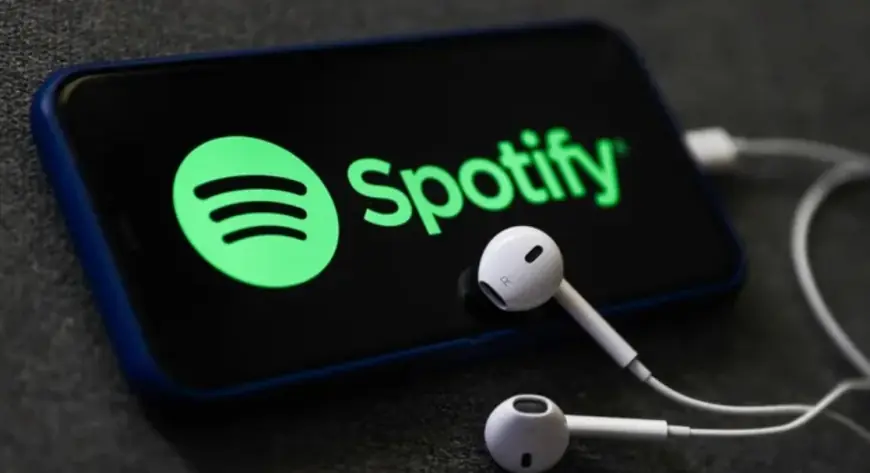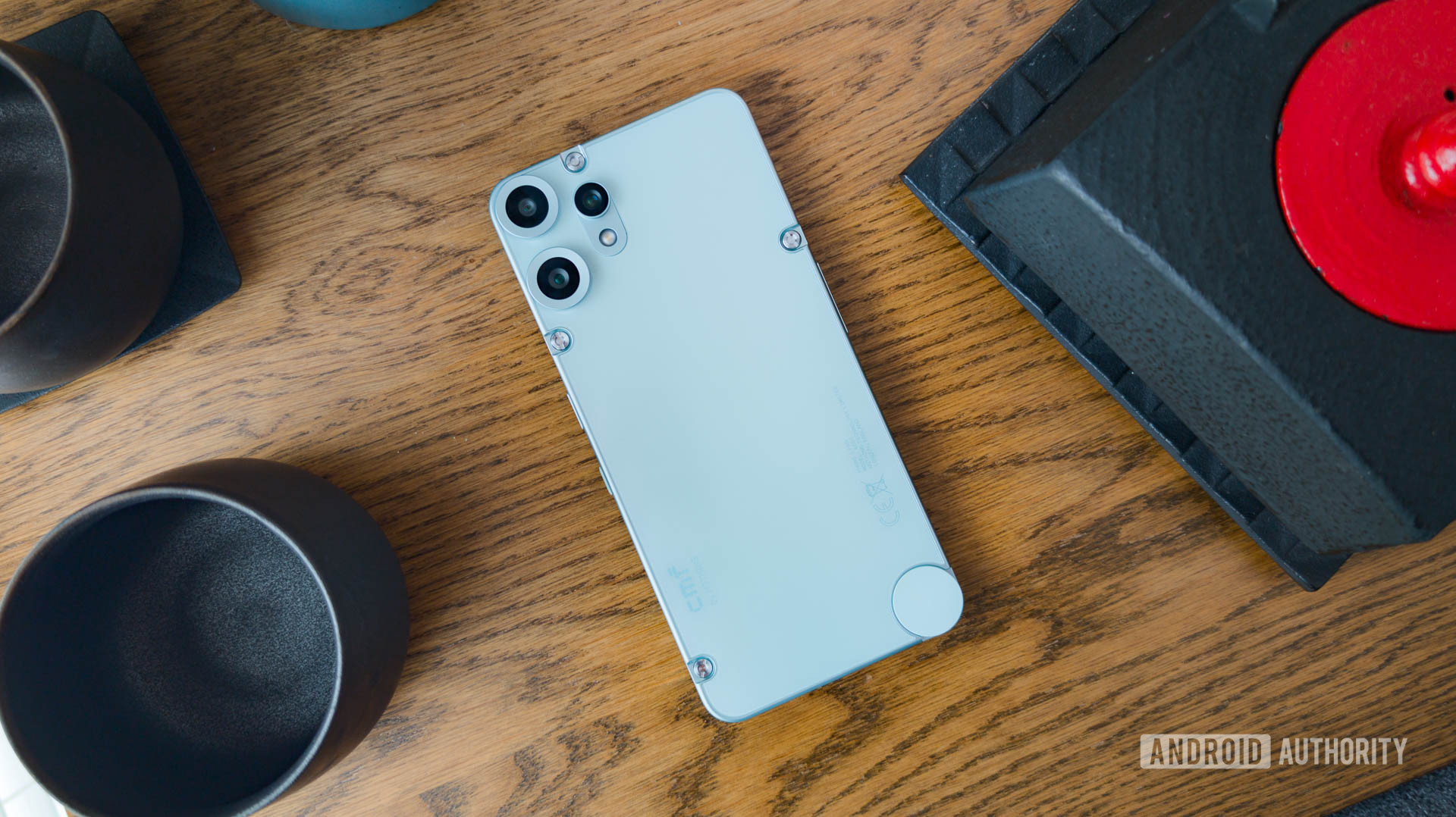How to Maximize Your Spotify Streams with Targeted Marketing
How to Maximize Your Spotify Streams with Targeted Marketing

Why Analytics Are Crucial for Spotify Promotion
Analytics play a key role in understanding how your music performs on Spotify. They provide valuable insights into who is listening Spotify promotion packages to your tracks, where they are from, and how often they’re engaging with your music. This data can help you make informed decisions about your promotional strategies and improve future releases.
Accessing Spotify for Artists Analytics
Spotify for Artists offers detailed analytics that allow you to track streams, follower growth, and user demographics. By logging into your Spotify for Artists account, you can access data on your tracks, albums, and playlists. Regularly checking these metrics helps you understand the impact of your marketing efforts.
Understanding Stream Data
Stream data is one of the most important metrics to track. It shows how many times your tracks have been played, which songs are the most popular, and how often listeners return to your music. Analyzing this data helps you identify which tracks resonate most with your audience and why.
Tracking Your Audience Demographics
Spotify for Artists provides valuable information about your audience's demographics, including their age, gender, and location. Knowing this information allows you to tailor your marketing and promotional efforts to target specific groups. Understanding your audience's habits can help you refine your strategies for better engagement.
The Importance of Listener Engagement Metrics
In addition to streams, it’s crucial to track listener engagement metrics such as saves, shares, and playlist adds. These actions indicate how deeply listeners connect with your music. High engagement shows that your fans are invested in your work, which can boost your visibility on Spotify's algorithm and in playlists.
Monitoring Playlist Placements
Playlist placements are a powerful way to grow your audience on Spotify. By tracking how your music performs in playlists, you can see how these placements affect your streams and follower count. Spotify for Artists allows you to see where your songs are being added, which can help you understand your reach.
The Role of “Release Radar” and “Discover Weekly”
"Release Radar" and "Discover Weekly" are personalized playlists that Spotify curates for each user. These playlists help increase exposure by recommending new music to listeners based on their tastes. By analyzing how your tracks perform on these playlists, you can gauge how effective your promotional strategies are.
Setting Goals Based on Analytics
Once you have access to your analytics, it’s important to set measurable goals based on the data. For example, you can aim to increase your streams, gain more followers, or achieve a higher save rate. Setting specific goals helps you focus your promotional efforts and track your progress over time.
Identifying High-Performing Tracks
Analytics help you identify which of your tracks are performing well and which are not. If a particular song is getting more streams and engagement, you can focus more on promoting similar tracks or styles. This data-driven approach can guide your future releases and help you refine your music style.
Using Data to Improve Future Releases
Spotify’s analytics offer insights into how your listeners engage with your music. By analyzing trends in listener behavior, you can make adjustments for future releases. For instance, if a particular genre or style performs better, you can align your next release with that sound to attract more listeners.
Tracking the Impact of Your Marketing Efforts
Spotify for Artists tracks the impact of your external marketing efforts, such as social media promotion, press coverage, and email campaigns. By comparing data from before and after a marketing push, you can determine how effective your promotional efforts are. This allows you to optimize your marketing strategy for future releases.
The Power of A/B Testing for Promotion
A/B testing involves testing two different approaches to see which one performs better. You can use this method to test different marketing strategies, artwork, or even release timings. Analytics allow you to measure the results of these tests, helping you understand which tactics work best for your specific audience.
Engaging with Your Audience Using Analytics
Analytics can also help you engage with your audience more effectively. For example, if you notice a spike in streams from a specific country or city, you can tailor your social media posts or create targeted ads for that region. This personalized approach can help you strengthen your connection with listeners.
How Analytics Help You Pitch for Playlists
Spotify’s algorithm uses data buy Spotify followers to decide which songs to feature on playlists. If you can show that your tracks are performing well in terms of streams, engagement, and followers, it increases your chances of getting added to major editorial or user-generated playlists. Data-backed pitches are more likely to stand out.
Conclusion
Using analytics is essential for improving your Spotify promotion efforts. By tracking streams, engagement, and demographic data, you can make informed decisions that will help you grow your fanbase and increase your visibility on the platform. Analytics give you the tools you need to continuously refine your strategy for success.
What's Your Reaction?
 Like
0
Like
0
 Dislike
0
Dislike
0
 Love
0
Love
0
 Funny
0
Funny
0
 Angry
0
Angry
0
 Sad
0
Sad
0
 Wow
0
Wow
0















































